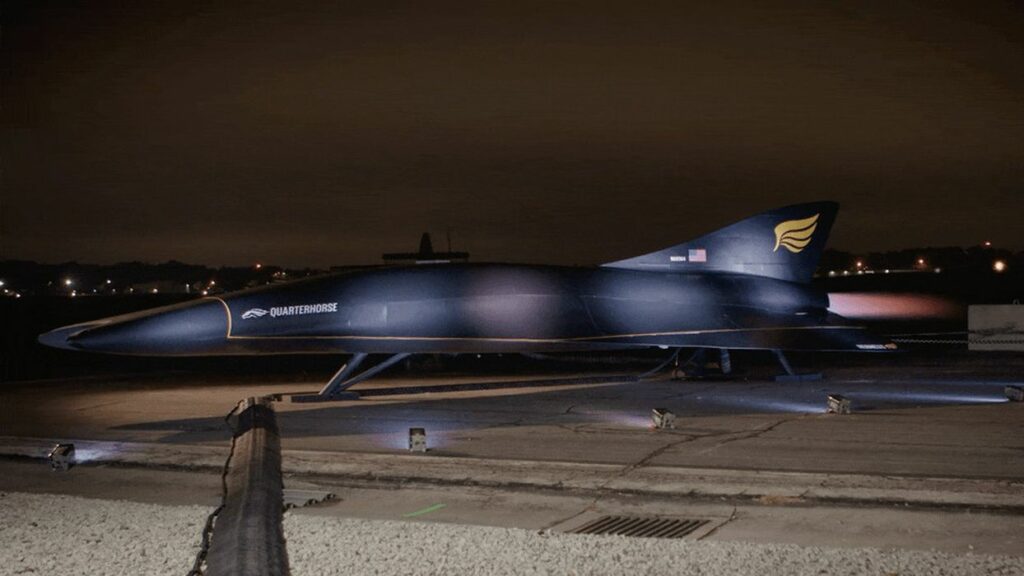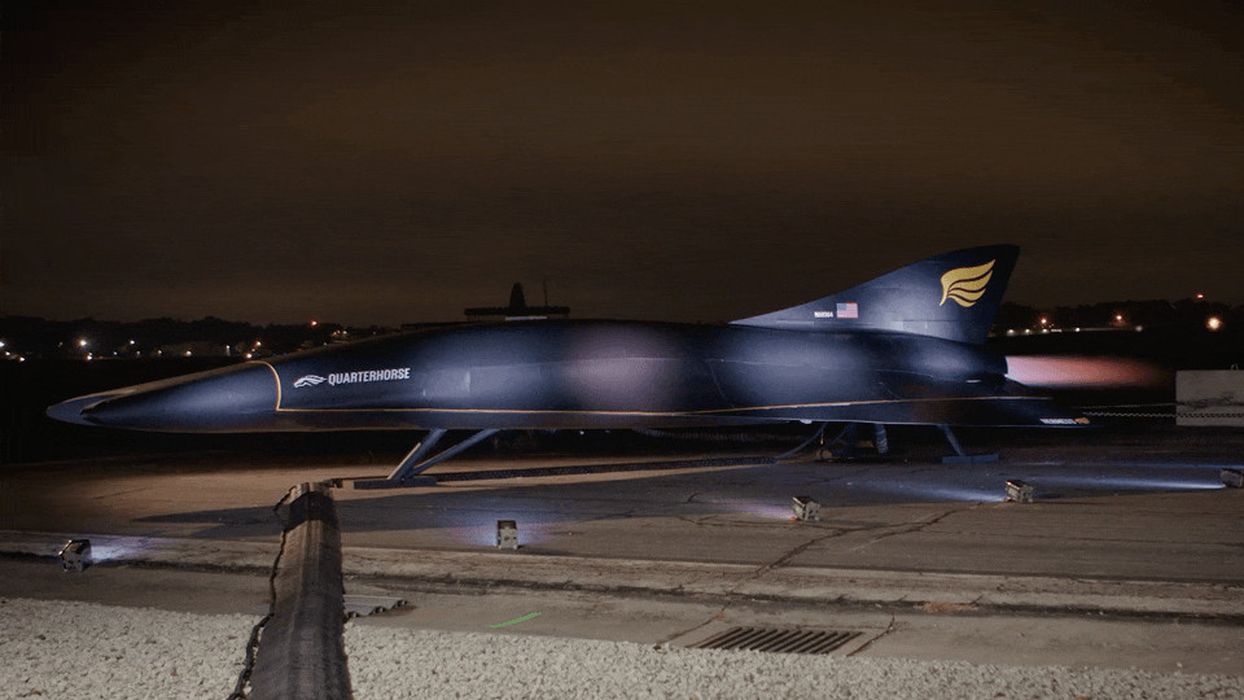
Velo3D printers will be used to make components capable of withstanding Mach 5 speeds aboard Hermeus’ Quarterhorse hypersonic aircraft.
Hermeus has an ambitious plan to build the fastest aircraft in the world—and it’s turning to 3D printing to achieve that goal. Its Chimera engine and Quarterhorse hypersonic aircraft will feature 3D printed components. The plane maker has recently acquired from Velo3D an original Sapphire and large-format high-volume Sapphire XC printer to build those parts.
The original Sapphire features a vertical build volume of one meter and dual one-kilowatt lasers. It can produce low angle prints down to zero degrees, high aspect ratio structures up to 3000:1, large inner diameters up to 100 mm, and free-floating parts that don’t require support. The Sapphire is designed to work with specialized materials for aerospace, as well as oil and gas and other industries.
The Sapphire XC brings the original Sapphire’s features to an expanded build volume of 600 mm Ø by 1000 mm z-height. The printer has eight 1kW lasers for faster printing at scale and a proprietary non-contact recoater that enables more accurate builds with thinner walls while eliminating the risk of part collision. Velo3D claims this provides users up to four times the productivity improvement and a 75 percent cost reduction compared to the standard Sapphire system.
“Metal additive manufacturing is a core component of our plan to vertically integrate production,” said Glenn Case, Chief Technical Officer at Hermeus, in a press release. “As we explore the capabilities of Velo3D’s additive manufacturing technology, we’ll be looking for ways to increase performance, consolidate components, reduce weight of our aircraft, and minimize external dependencies.”
Both printers will be calibrated to use Inconel 718, a high-strength nickel chromium alloy that is corrosion-resistant and can withstand temperatures from –423 degrees to 1300 degrees Fahrenheit. The alloy is a mainstay in the aerospace industry thanks to its stability and reliability in the face of extreme mechanical stresses and strains in a superheated environment such as an aircraft engine.
“Hypersonics is an extremely challenging subset of the aviation industry and at the speeds that Hermeus will achieve, temperature, vibration, and aerodynamics play major factors in the flight of the aircraft,” said Benny Buller, founder and CEO of Velo3D.
Read the rest at ENGINEERING.com

